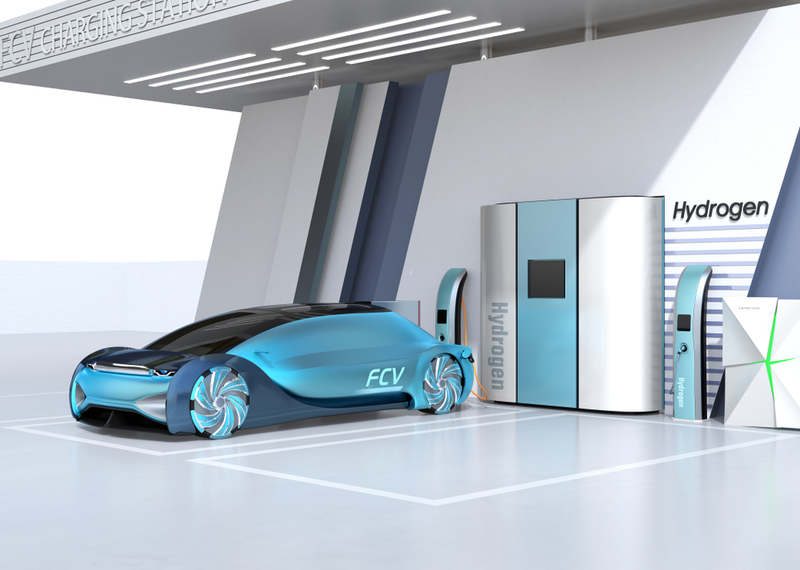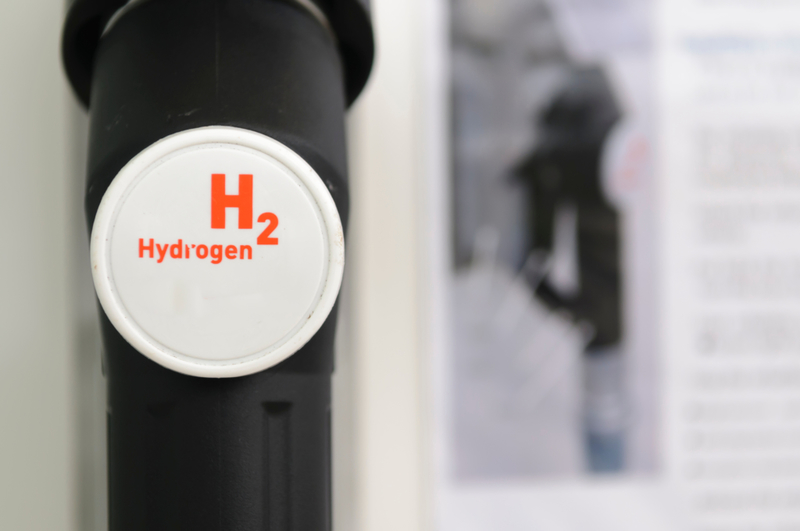
The Future of Cars
Standard hydrogen tanks store the gas at 10,000 psi, which is approximately 300 times a car’s tire pressure. What this means is, someone needs to make sure there are reinforced and relatively expensive gas tanks. Researchers at Northwestern University have developed a metallic sponge-like material that can turn the storing of this highly flammable gas much safer while improving tank capacity!
Hydrogen-Powered Vehicles
Catalysts that improve the performance of fuel cells are a different way of promoting hydrogen-powered vehicles. By combining the inexpensive elements, nickel, molybdenum, and magnesium. Scientists have generated a long-lasting catalyst that can turn carbon dioxide and methane into hydrogen.

Big in Japan
In Japan, another method was developed. Using light and a catalyst made of rust to speed up the hydrogen production. The team used a water-methanol liquid instead of water, and the motivation was 25 times more active than a titanium dioxide version. This method produced stable hydrogen for more than 400 hours!
Unmanned Vehicles
At the end of the day, innovation in the method in which fuel cells are made may increase their power and could reduce the need to store and transport hydrogen gas. Liquid-fuelled cells advanced using high-power borohydride technology could power uncrewed marine vehicles and electric aircraft soon!